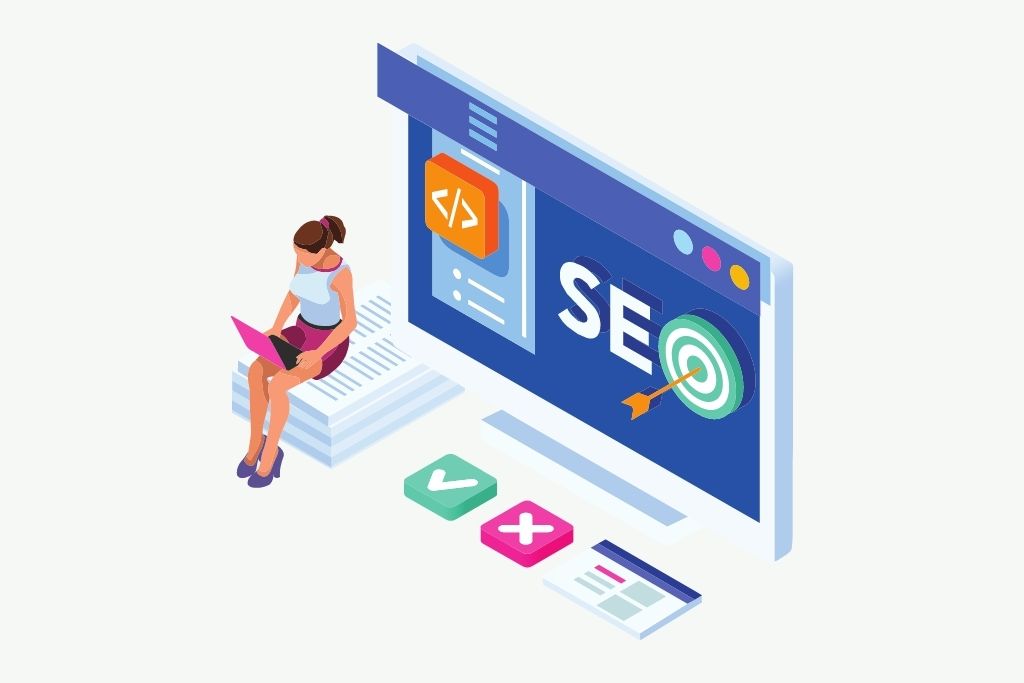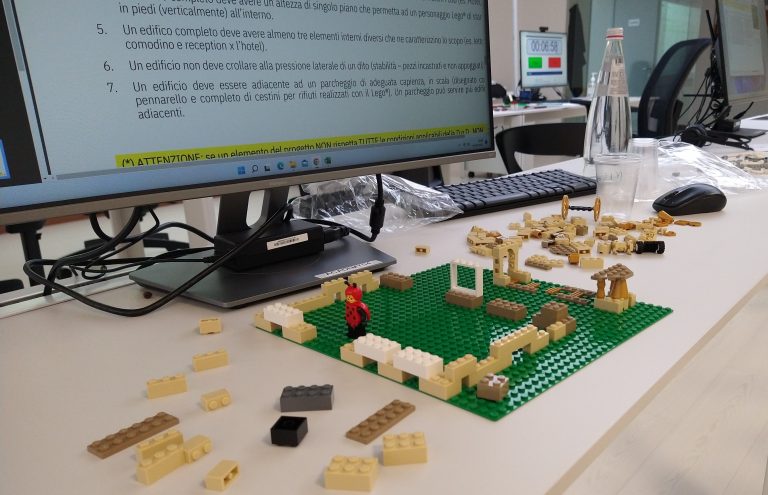For retailers, one of the most important assets is the shopfront, which with beautifully organised and regularly updated displays, entices in passers-by. Even more important than the physical shopfront is the virtual one–your website. But it’s only useful if people can find you, and this is where understanding retail SEO and website optimisation comes in.

Search engine optimisation (SEO) is a way of ensuring that your website is discoverable to the maximum number of RELEVANT potential customers. It is a process of structuring copy and keywords that improves the quality and quantity of ‘organic’ or unpaid traffic to your website.
SEO costs nothing, takes hardly any time at all once you get the hang of it, and can greatly improve lead generation and your data capture rates if done properly, because it can dramatically increase the number of website visitors who are genuinely interested in buying something.
How do you use retail SEO to optimise your site?
All it takes is following some simple rules and making these rules a habit that are followed every time you add something to the site.
There are three types of SEO with different rules to follow:
- On-page SEO
- Content SEO
- Technical SEO
On-page SEO
This refers to what you see on the page and in the search bar (the URL). To adhere to retail SEO standards, you will need to have keywords linked to everything you see on the page and in the framework behind the page, including in the URL, in the main title, in the meta-description, in the sub-headers and in the main body of the copy.
A keyword shouldn’t be too broad or too specific; it needs to sit somewhere in the middle. Your keyword or key phrase should also be something people are likely to type into a search engine.
You will also need to label your images with your keyword and include keyword-rich internal links that perhaps link to other content on your site such as a relevant blog posts.
Content SEO
This includes everything that keeps visitors to your website engaged there, such as enticing copy (the written content), blog posts, and any interactive elements—a 3D configurator, for example.
Your written content should be relevant to the audience, easy to read, straightforward and to the point. Avoid long sentences and make sure paragraphs are short and snappy. Bullet points are a good way of breaking up copy.
Your copy should be scattered with relevant keywords (both longtail and short tail), as long as the natural flow is maintained. Too many repetitions (known as ‘keyword stuffing’) and the copy won’t read well. It will read like a sales pitch.
Also make sure what you write is useful to potential customers—so you could write a blog on latest trends, or a ‘how to’ guide—something that a visitor is going to gain something from, and perhaps even go back to for another read.
Keep blog posts short! Generally speaking, our attention can be held for only a few minutes on any one thing online, so as well as keeping sentences short, the whole piece should be between 400 and 700 words. If it’s too long the reader might scroll through, decide they don’t have time, and then leave the site.
Finally, ensure the page/post is visually interesting with plenty of multimedia (i.e., images, videos, infographics, etc.). Also include internal and external links, but make sure the latter opens in a new tab so that your own website’s tab remains open on their browser.
With great content that follows retail SEO guidelines, you can engage the customer and bring them on an online journey with you, with the destination hopefully being the sale.

Technical SEO
Technical SEO refers to the hidden SEO which make your website more user friendly. Things to consider are mobile-friendly pages, ensuring all your links work, and making sure your pages load quickly. You’ll want to eliminate crawl errors via Google Search Console and get yourself an SSL certificate (HTTPS instead of HTTP).
If all this seems a bit confusing, then fear not. Most common website hosts such as WordPress and Squarespace will walk you through many of the SEO steps and tell you where improvements can be made to boost your rankings. That way you can concentrate on coming up with some great blogs and delivering interesting content on your kitchen, bath and furniture retail website to engage and interact with visitors and ensure they buy from you.









